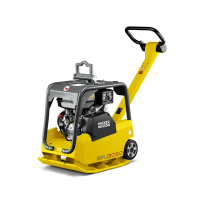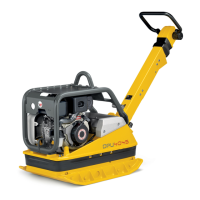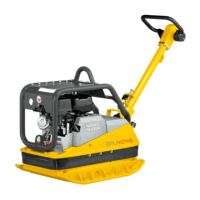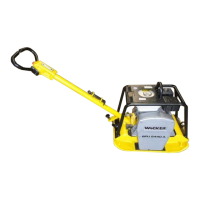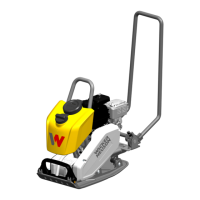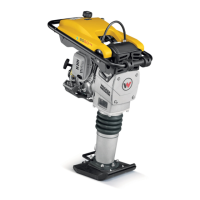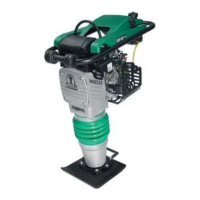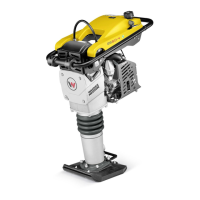T00743GB
20
MOTOR
High altitude applications
Air is rarer at greater altitudes and the main jet of the standard carburettor supplies the engine with an
extremely rich fuel-air mixture. This, in turn, leads to a loss of engine power and the consequent increase in
fuel consumption.
High altitude engine power can in general be improved when installing a smaller main jet and through
adjustment of the pilot screw. The engine only looses approximately 10 % of its performance number per
1000 m (3000 feet) height increase if the carburettor jet is correctly set. The engine looses yet more power if
no main height jet is installed.
The following graph shows the relation between height influence and performance number for a correctly set
jet.
Always check out the built-in standard jet before proceeding to order or calculate additional jets. These can
vary in some types of equipment, models or countries.
Example: A jet size factor of 85 % should be used for a height of 1500 m (3000 feet).
If the equipment is fitted out with a standard main jet # 68, the recommended jet for a height of 1500 m
(3000 feet) would be # 65 jet (68 - 3 = 65).
For quick reference: The size of the jet is easily determined by means of part number.
Example: 99101-ZF5-0850 Jet # 85
99101-ZF5-0800 Jet # 80
99101-ZF5-0820 Jet # 82
Comment:
At a height of 1500 m (3000 feet), a correctly set engine will deliver approximately 85 % of the maximum power
delivered at sea level. Do not demand more than 85 % of the maximum power delivered at sea level if you are
going to be running the machine continuously.
Available horse power
(in % of the maximum rated performance)
Relative air pressure
Principal jet
number for
reduction
Height
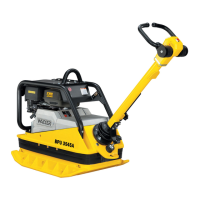
